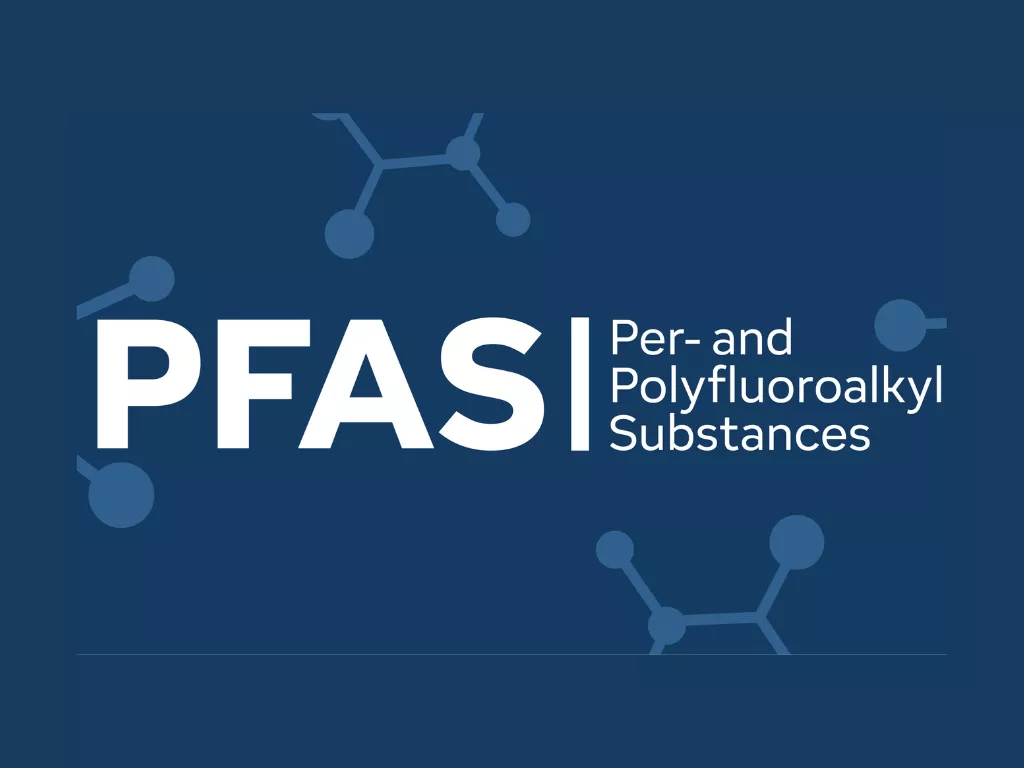An introduction to Automation
Our drive, as humans, to be the best at everything we do and achieve perfection in producing things has led us to analyse our production processes.
We carried out all kinds of improvements to the processes, and yet we were still unable to reach the peak, this because of one key element in the workflow, the human factor. Performing repetitive work is not stimulating enough for the human brain and leads to fatigue, and then even fully optimised processes become prone to human error.

With the advancement of technology, we developed robots that automate these repetitive activities and which can perform them all day long without experiencing any fatigue or becoming prone to error, and in some cases we were able to successfully keep the human factor to a minimum.
Today automation is used in nearly every industry, from production lines in manufacturing to molecule synthesis in pharmaceuticals.
Automation can be categorised as:
Fixed
This is where the sequence of processing operations is fixed by the configuration of equipment. For example, robotic arms along assembly lines are used to perform a specific set of actions only.
Programmable
In programmable automation the equipment must be reprogrammed for a new product or process, resulting in a non-productive or changeover period followed by a run for each new product or process. The output with programmable automation is usually lower than that in fixed automation due to the time lost during the changeover period required for reprogramming. A soft drink production line is a good example of programmable automation, where multiple flavours are produced on the same production line.
Flexible
Flexible automation is an extension of programmable automation. The drawback of programmable automation is the time required to reprogramme the system for each new product or process. In flexible automation, the reprogramming is done at a computer terminal without using the production equipment itself. This results in less or no time lost during changeover. Software workflow execution based on any event or processed result falls under this type of automation.
Robots are programmable hardware or software used to perform a specific action or function. In the case of virtual software agents these are often called ‘bots’. Robots range from huge machines doing the heavy lifting to tiny ‘mechanics’ performing a delicate task, or they can be special programs that perform tasks that they have been programmed to execute.
In software, automation is primarily used for:
Workflow Automation
- Intelligent automation
When workflow automation goes beyond just processing digital information and uses other tools like OCR as an input source then this falls under intelligent automation.
- Hyper automation
This concerns workflow automation that uses Artificial Intelligence (AI) and Machine Learning (ML) to take intelligent decisions based on situations presented which would otherwise require human intervention.
Test Automation
- Automated testing
This is testing to verify and validate applications based on defined specifications and acceptance criteria.
- Compatibility testing
Compatibility testing is carried out to ensure that various versions of a software application work properly across different hardware, operating systems, browsers, databases and configurations, and to check performance counters like display resolutions, network latency, objects loaded in memory etc.
- Performance testing
This includes load and stress testing, capacity planning, stability runs, baseline test and benchmarking against industry best practices, and production monitoring.
- Regression testing
This involves re-running functional and non-functional tests using CI & CD to ensure that previously developed and tested software and hardware continue to perform as they did before the changes were made.
What is not automation, and what not to automate:
These are a few examples of activities/processes that should not be considered for automation:
- non-standard/variable processes
- time-sensitive activities
- activities with a low return on investment
- user experience activities
- security and compliance processes.
In closing
In every industry in which automation (no matter the category) is used, this has improved throughput many times over and has led to a significant reduction in errors. Leveraging the power of automation in transforming data using specialised robots/bots and smart workflows offers benefits like:
- 24/7 availability
- instant scalability
- error reduction
- cost savings
- enhanced employee satisfaction
- high volume processing.
There is a general misconception about automation that it will eliminate the need for any human input; however, as the famous paradox from Ironies of Automation by Lisanne Bainbridge goes, ‘…the more efficient the automated system, the more crucial the human contribution of the operators. Humans are less involved, but their involvement becomes more critical’.
According to a report from Deloitte: ‘The benefits of RPA [robotic process animation] adoption are significant. Payback was reported at less than 12 months, with an average 20% of full-time equivalent (FTE) capacity provided by robots. RPA continues to meet and exceed expectations across multiple dimensions including: improved compliance (92%), improved quality / accuracy (90%), improved productivity (86%), cost reduction (59%)’.
Our experience in automation:
At Decos, we have extensive experience in developing automation solutions. We built a bot to book appointments for GPs based on specialisation, availability and priority, integrating this with Microsoft 365. We created a customised automated OCR solution for processing applications for enrolment of international students in colleges in Singapore. We are also experienced in automated testing across web, mobile, and legacy desktop platforms. If you have a business case that has lots of manual tasks of a repetitive nature, we can help automate these tasks for you.
This blog is written by Gaurav Tiwari, at Decos. He is Program manager at Decos. With 15+ years in healthcare, he is driven to enhance accessibility of healthcare systems.
Decos is a cutting-edge technology services partner ready to meet your software needs in the medical domain. If you have a question on one of our projects or would like advice on your project or a POC, just contact Devesh Agarwal. We’d love to get in touch with you!

Discover more

Revolutionizing Rural Healthcare: How AI is Shaping the Future of Telemedicine

PFAS: How ‘Forever Chemicals’ Impact Medical Devices

